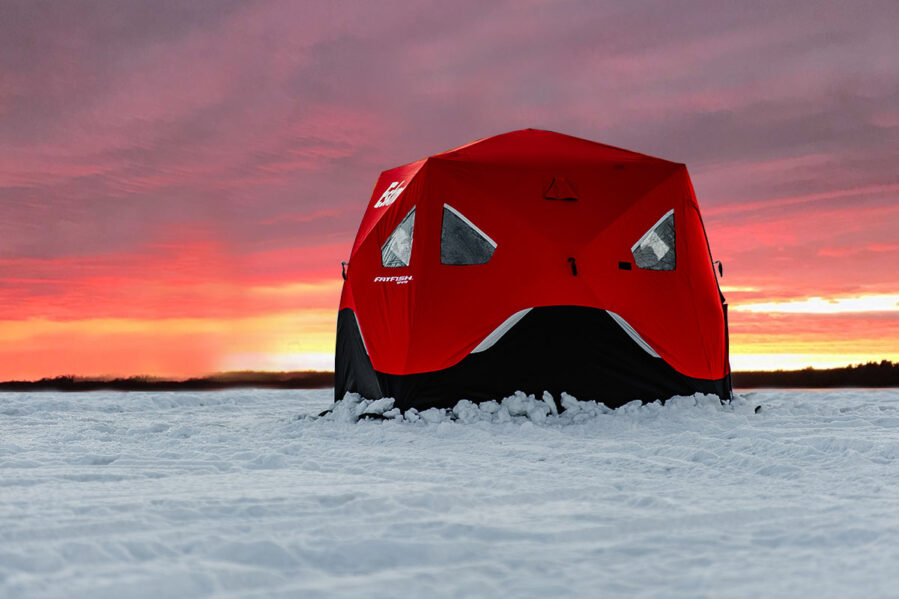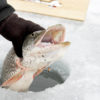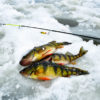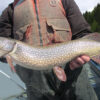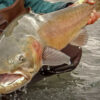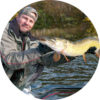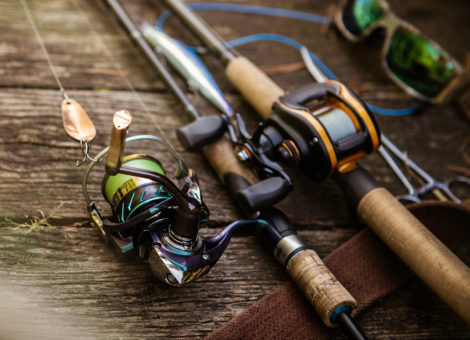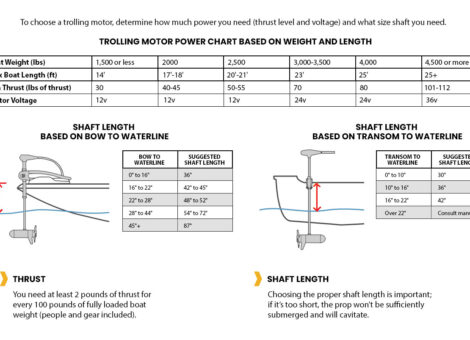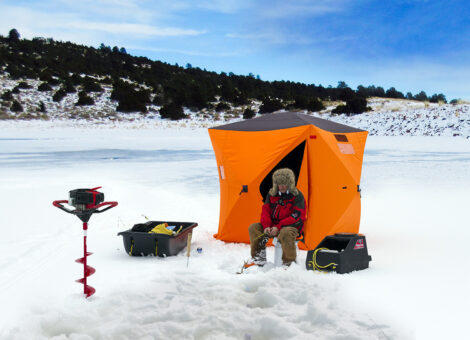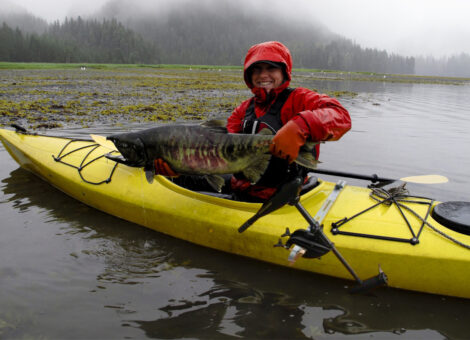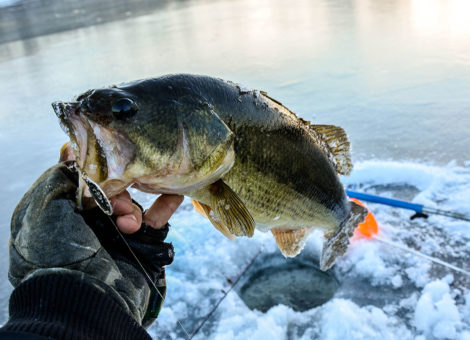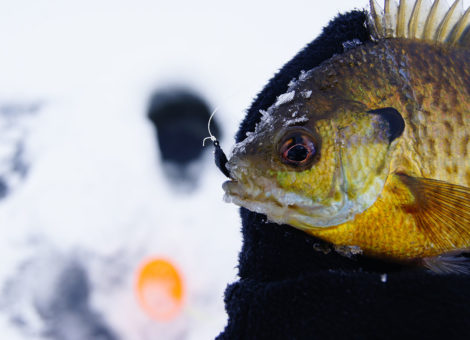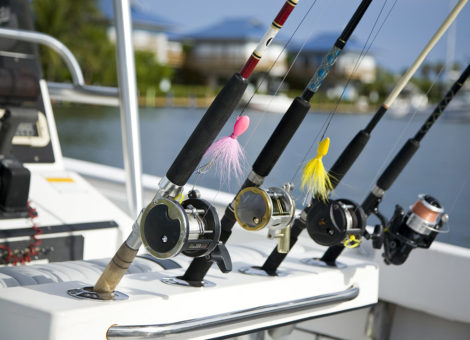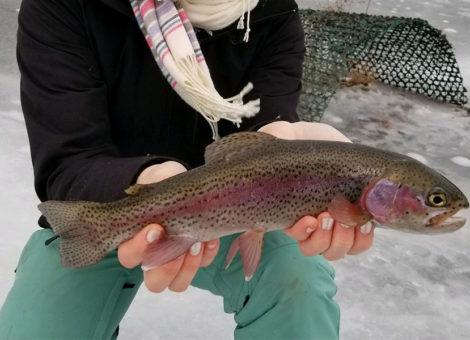With all the ‘Best of the best’ and top 10 ice fishing guides floating around how can you tell which ice fishing shelter is really the best? Well, having fished from Utah to North Dakota I can tell you from experience, there isn’t a one-size-fits-all ‘best’ ice fishing shelter out there. There are definitely a lot of high quality shelters, but the best ice fishing shelter is the one that best meets your needs.
All good ice fishing shelters will share a few common features and characteristics—such as durability, insulation and size. But determining which ice fishing shelter is ‘best’ for you is really a function of what you need for your particular ice fishing excursion, and this will vary from region to region—and angler to angler.
The best ice fishing shelter for a short solo trip to the local hardwater fishing hole on a sunny day isn’t going to be what’s best for the avid angler who spends the entire weekend with his buddies out on the lake drilling hundreds of holes in windy, subzero conditions. At the end of the day, an ice fishing shelter should provide shelter from the elements—whatever they may be—and make ice fishing a comfortable, enjoyable experience.
Below we’ll review the basic features and characteristics of a great fishing shelter, and we’ll identify and explore the factors you want to consider to determine if a shelter is truly going to be the best for you and your ice fishing adventure.
Factors to Evaluate
To determine the ‘best’ ice fishing shelter you need consider features and factors—but in reverse order. Before you can determine which features your ice fishing shelter should have, you need to know what factors to evaluate. For example, warmth is a factor. A feature of an ice fishing shelter that addresses warth is insulation. Do you need an ice fishing shelter with insulation to keep warm? It depends. Let’s find out.
There are four basic factors to evaluate when determining which ice fishing shelter will be best for you. These are durability, space, warmth, and portability.
1. Durability
Ice fishing takes place in some of the earth’s harshest environments. Freezing temperatures, scorching sun, artic winds, rain and snow. Sound about right? If you don’t want to be stuck facing the elements unprotected, make sure you purchase an ice fishing shelter that can.
How durable your shelter should be will depend on several factors, such as the region you live in, when you’ll be doing your ice fishing, and how long you plan on using your shelter out on the ice. When it comes to durability, I suggest going with the most durable shelter that makes sense for your situation. A durable shelter, is a reliable shelter. And a durable shelter will last longer.
When evaluating a shelter for durability, you want to look at material and construction. Let’s start with material.
Material—or fabric—quality determines how resilient and weather resistant your ice fishing tent will be. It also factors into insulation rating and warmth. Most ice fishing shelters are constructed using nylon and polyester fabric with a 200-900 ‘denier’ fabric.
Denier is the unit of measure of thickness of the individual threads or strands used to create fabric. The fabric used in the manufacturing of ice fishing tents and shelters typically runs from 200 all the way up to 900 deniers for heavier-duty shelters. Fabric with a higher denier count (e.g. 900) will be thicker, sturdier and more durable than fabric with a lower denier count (e.g. 300).
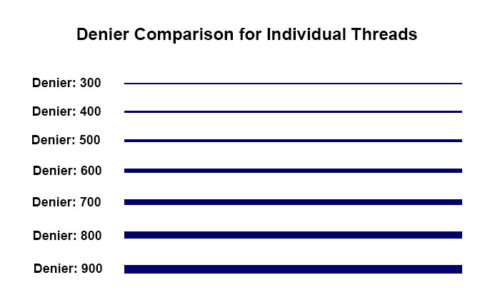
A shelter constructed with heavy-duty denier fabric, is going to do a better job at sealing out wind, retaining heat, and resisting tears. When layered, heavier denier fabric can also prevent frost and condensation from building up inside—which can be a problem with some tents.
So is a heavy duty 900 denier ice tent always the best option? Not necessarily. Sometimes a lower count denier fabric in the 300 to 600 range makes more sense. If you typically fish in milder climates—such as Utah Valley Utah—then a 300 denier fabric is going to work great, assuming you need a shelter at all. However, if you’re fishing Minnesota’s Rainy Lake in the dead of winter, then 900 denier all the way! The following chart includes my recommendations for denier count based on varying conditions.
| Denier Count | Conditions |
|---|---|
| 200-300 | Mild weather conditions; Warmer temperatures |
| 300-600 | ormal winter conditions; snow and rain; non-extended use |
| 600-800 | Severe weather conditions; regular extended use |
| 900 | Severe weather conditions; high wind; regular and extended use; sub-zero temperatures |
You also need to consider that heavy duty fabric with a higher denier count will make your entire shelter much heavier—and expensive—than a lighter duty fabric with a lower denier count. If price isn’t an issue, weight definitely should be—especially if you’re moving your gear around on the ice without the assistance of a vehicle or ATV. It sometimes makes sense to go with a slightly lower denier count to have a lighter weight shelter.
Nylon or polyester fabric? Both of these polymer plastics are strong, durable and relatively lightweight. Nylon is the stronger of the two and a bit more resistant to wear and tear. Polyester tends to be more impervious to water, but any good shelter should be protected by a water-repellant treatment. In my book, it’s sixes whether you use a shelter made out of nylon or polyester. They’re both good fabrics.
Finally, construction. You don’t just want a durable shelter, you want a sturdy shelter. Most ice shelters features either aluminum or fiberglass frames. Both materials work well. However, if you’re constantly fishing under windy conditions, I think aluminum framing will provide you a little more rigidity than fiberglass. It’s also extremely light weight. Whatever you do, don’t get a shelter frame with complex construction. The more moving parts your tent has, the more likely it is to break.
2. Space
Ice fishing shelters come in a variety of sizes—and for good reason. You don’t want to leave anyone standing (fishing) out in the cold. At the same time you don’t want to be toting around more weight, or setting up a larger tent, than you have to. More or less, just won’t do. You need a shelter that is the right fit for you.
The following is a hub style ice fishing tent size chart by person. Data was taken from a representative sample of 100 ice fishing tents.
| # Anglers | Sq Ft |
|---|---|
| 8-9 | 100-125 |
| 6-7 | 65-100 |
| 4-5 | 55-60 |
| 2-3 | 25-35 |
The following is a flip-over style ice fishing tent size chart by person. Data was taken from a representative sample of 100 ice fishing tents.
| # Anglers | Sq Ft |
|---|---|
| 3-4 | 40-65 |
| 1-2 | 16-35 |
| 1 | 11-16 |
The figures in the above tables are minimum square footage recommendations based on stated occupancy. However, some shelters on the market may provide more square footage per occupant. For example the Otter Outdoors Vortex PRO Monster Lodge Hub Ice Fishing Shelter is rated for 6-8 people and is a 134 square feet. Not overkill, but substantially large enough for 6-8 people around a couple holes—and larger than the minimum recommended square footage per occupant above. If you plan on sleeping in your shelter, you’ll need more square footage.
If you find that you need a shelter for just you and your buddy (2 occupants), and other times you need a shelter for the entire family (4+ occupants), I would recommend purchasing two shelters. The first shelter I purchased was a hub style with an occupancy rating of 6-8. I figured it would always be big enough for any fishing trip—and it was. It fit the entire family and then some. But I only ice fished with the entire family once that year. The rest of the year it was just my buddy and me. I didn’t take setting up the giant hub shelter more than once before I broke down and bought a smaller, more convenient 2-person flip over.
When evaluating size, don’t forget about height. Some shelters are as low as five feet, others are over seven feet tall. If you’re a bit taller, like I am, there’s nothing worse than standing bent over every time you stand up. You typically want a shelter that is going to be just a few inches taller than the tallest occupant. Too tall and you’re heating more space than you need, and there’s also more tent to catch in the wind.
Get as much tent as you need, but no more.
3. Warmth
Getting a little cold is to be expected when fishing on ice, but you want to try to stay as warm a possible. This is where a good ice fishing shelter really shines, and a bad shelter bites the bullet.
The first question to ask yourself is whether you need an insulated or non-insulated tent. Eighty percent of the time I’m going to recommend an insulated tent hands down. But sometimes a non-insulated tent makes more sense. If you’re fishing in mild winter environments, where the day time temperature rarely dips below 30°F, an ice fishing tent serves more to block the sun and wind than protect you from the cold. So a non-insulated tent will do the trick.
If you’re fishing in sub-30°F temperatures with harsh weather and wind chills, an insulated tent will be your new best friend on the ice. Insulated tents are easier to heat, offer more protection from the elements, and ultimately keep you warmer. But how much insulation do you need? This will depend in large part on the temperature in the region you fish.
The following average temperature map shows average minimum temperatures across the United States during the month of January. It also provides a key with recommended insulation ratings for ice shelters at different locations based on temperature.
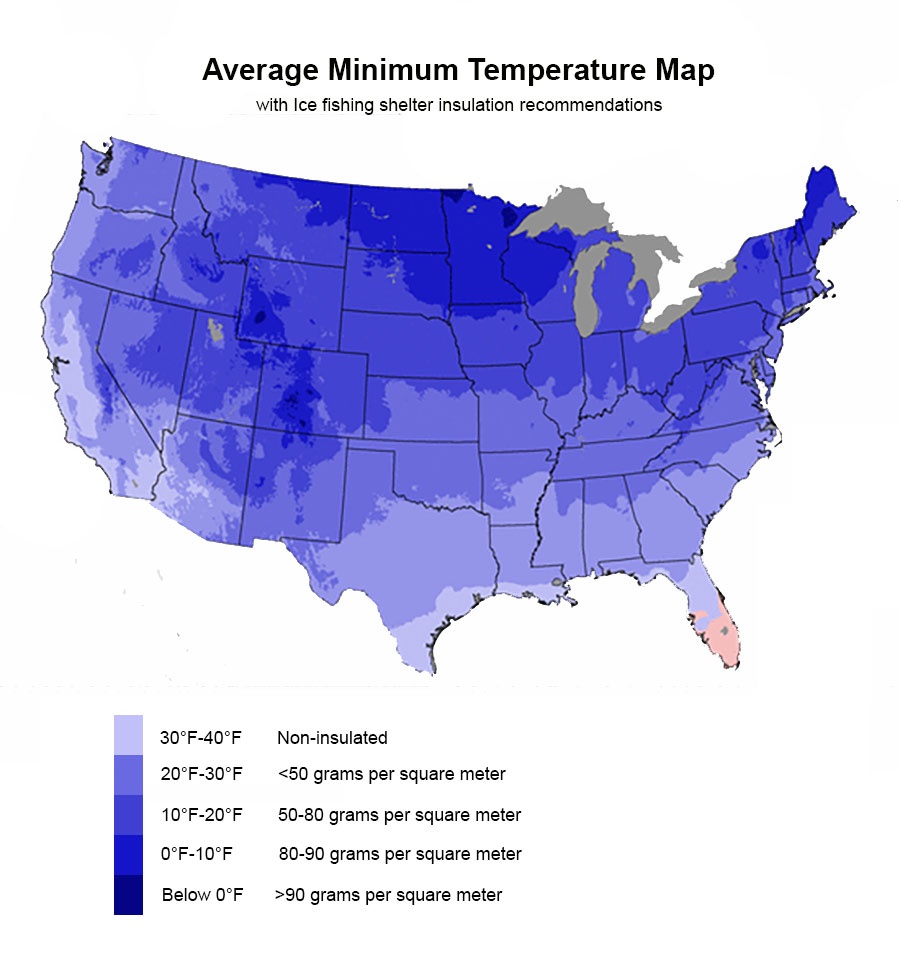
| Avg Minimum Temperature | Suggested insulations rating |
|---|---|
| 30°F-40°F | Non-insulated |
| 20°F-30°F | <50 grams per square meter |
| 10°F-20°F | 50-80 grams per square meter |
| 0°F-10°F | 80-90 grams per square meter |
| Below 0°F | >90 grams per square meter |
Disclaimer: The insulation ratings recommendations shown in the above map and table are only suggestions and do not indicate the fitness of any ice shelter to keep someone warm or safe at the listed temperatures.
Insulated tents aren’t only easier to heat, they’re easier to keep warm. In most cases you’ll be using a portable heater in tandem with your shelter. You can keep an non-insulated ice fishing shelter warm using a good heater, but you’re going to run the heater longer and run it hotter to get the same warmth factor as running a smaller heater in an insulated tent.
The last thing you want to consider when looking to warm up the experience, is putting a floor in your shelter. Newer high-end shelters will offer flooring as an added accessory, but many don’t. A built-in floor will go a long way to insulating you from the ice and improving warmth, but there are a few drawbacks. Flooring can get in the way of drilling more holes. It’s also inconvenient at times. That’s why most manufacturer’s leave it up to the angler to add flooring.
4. Portability
I just got done praising the benefit of using an insulated shelter versus a non-insulated shelter. But as with everything life, there are always tradeoffs—and finding the best option usually requires finding a balance. Insulated shelters will keep you warm, but they’re noteably heavier than non-insulated shelters. You’ll want to take this into account if portability is an important factor for you.
For the recreational angler who is going to drill a couple holes and stay put, portability probably isn’t going to be one of the bigger factors to evaluate. You pull your SUV up to the edge of the ice—or maybe onto the ice—hoist your shelter out onto the ice, set it up, and call it good. But for the hardcore ice angler, portability is typically a bigger issue.
Weight is an obvious factor in portability, and probably the first thing you want to consider if moving around on the ice with ease is important to you. But with respect to mobility on the ice, even more important than weight, is shelter style. Some ice shelters are made for mobility, and others aren’t.
There two main types of ice shelters: Hub and Flip Over. We’ll review styles of ice shelters in more depth further on, but I want to call out one major different between these two shelter types. Hub shelters are large and sturdy. Ideal for hosting groups. But if mobility is at the top of your list, then you really want a flip over. Flip overs are easy to setup and highly portable. Traditionally, flip overs accomodated 1 to 2 anglers max. However, many newer models will comfortably accomodate up to 4 anglers.
Features for consideration
From my experience, durability, space, warmth and portability are the most important factors to evaluate when determining the best ice fishing shelter to meet your needs—but they’re by no means the only considerations. The following are additional factors and features to consider when deciding which ice fishing shelter is best.
Shelter styles
There are three basic types or styles of ice fishing shelters: Flip-overs, Hubs and Ice houses—but we’re only going to focus on flip-overs and hubs here. While a lot of anglers up north in the Dakotas and Minnesota will use an ice house from time to time, most recreational anglers are going to use a portable flip-over or hub that they can bring with them.
So between a flip-over and a hub, which is best? Again, it depends. They’re both great ice shelters. Whether you’re better off with a flip-over or a hub will depend on your ice fishing strategy and preference. Let’s explore.
Flip-Overs
As its name suggests, a flip-over ice fishing shelter has a “flip over” top, much like a convertible, that flips up and over until it meets the ice. The flip over shelter is attached to an ice sled that can be towed behind an ATV, snowmobile or hauled by hand. The unique design of the flip-over serves a singular and important purpose: mobility. Flip-overs are extremely easy to setup and take down. And being attached to a sled, they’re very portable. The flip-over shelter is very mobile.
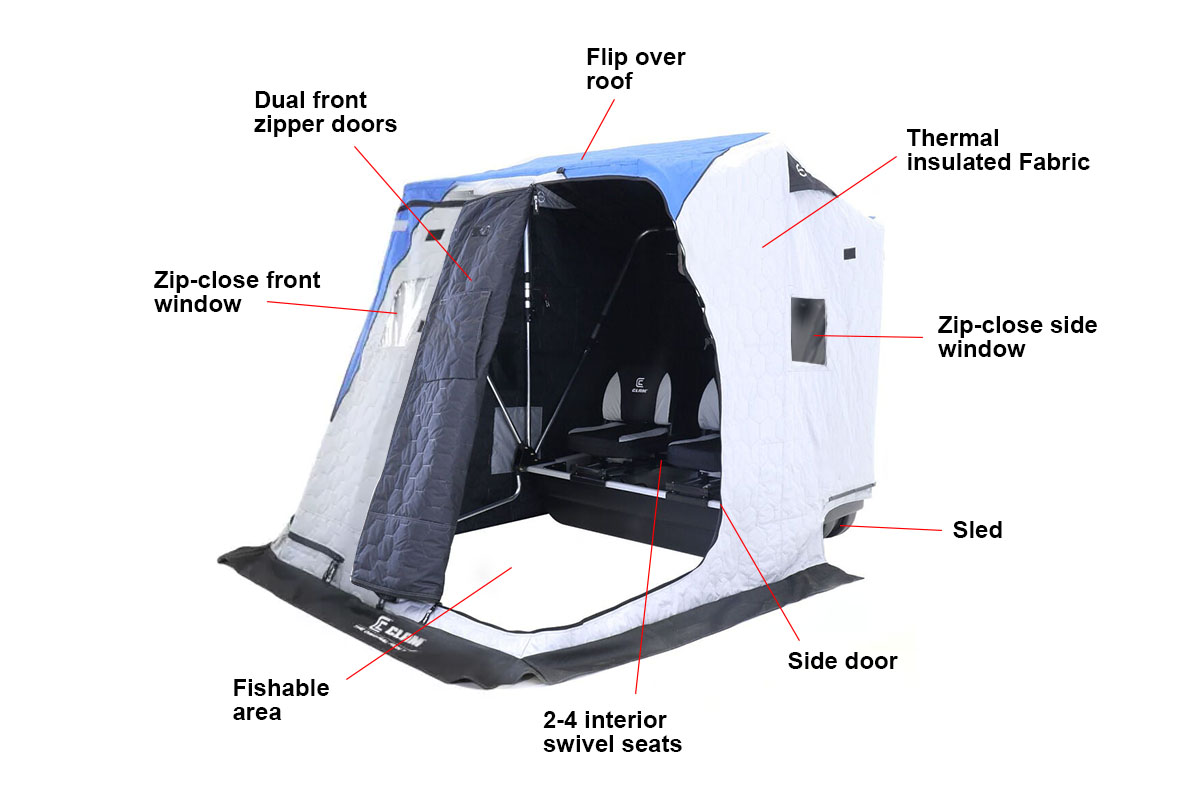
If you’re an avid anglers who’s all about the fishing, the flip-over is probably the shelter for you. Once you’re on the ice, you can fish one spot for a while, quickly pack up your gear, retract your flip-over, and move to another spot. You can do this all day on the ice with ease using a flip-over. Try moving around all day with a hub shelter and you’re quickly going to tire and call it a day.
Traditionally, flip-overs have been somewhat limited on space. Up until about 5 years ago flip-over shelters only came with 1 or 2 angler occupancy options. If you wanted to fish with a group of buddies, you’d each need to bring your own flip over (which isn’t necessarily a bad option if you’re fishing a bunch of holes.) Today you can find a variety of flip-over shelters with occupancy for 1 to 4 anglers.
The simple design of the flip-over makes these shelters inherently durable. Although they’re much more durable today than they used to be. Your fish-over from ten years ago had flimsy construction and non-insulated walls. Today’s flip-overs are typically constructed with a light weight, high strength aluminum frame with insulated thurmal fabric. Not exactly the ritz, but close.
Hub
Now if you’re really looking for a luxury experience on the ice while you fish, you’ll want to consider the hub shelter. Hub ice fishing shelters, sometimes referred to as pop-up or tent shelters, are designed for maximum comfort and occupancy. In recent years, hub shelters have evolved in to small mansions, evening encroaching into the ice house market. Hubs are spacious, well insulated, and can be fitted with a variety of amenities including detachable flooring, windows, heating, and tent stoves.
The biggest benefit of a hub shelter over a flip-over is size. Hub ice fishing shelters can hold from 4 to 8 anglers comfortably. A large hub shelter isn’t the best choice if you plan on moving around on the ice much, but if occupancy is your goal, then you’ll want a hub.
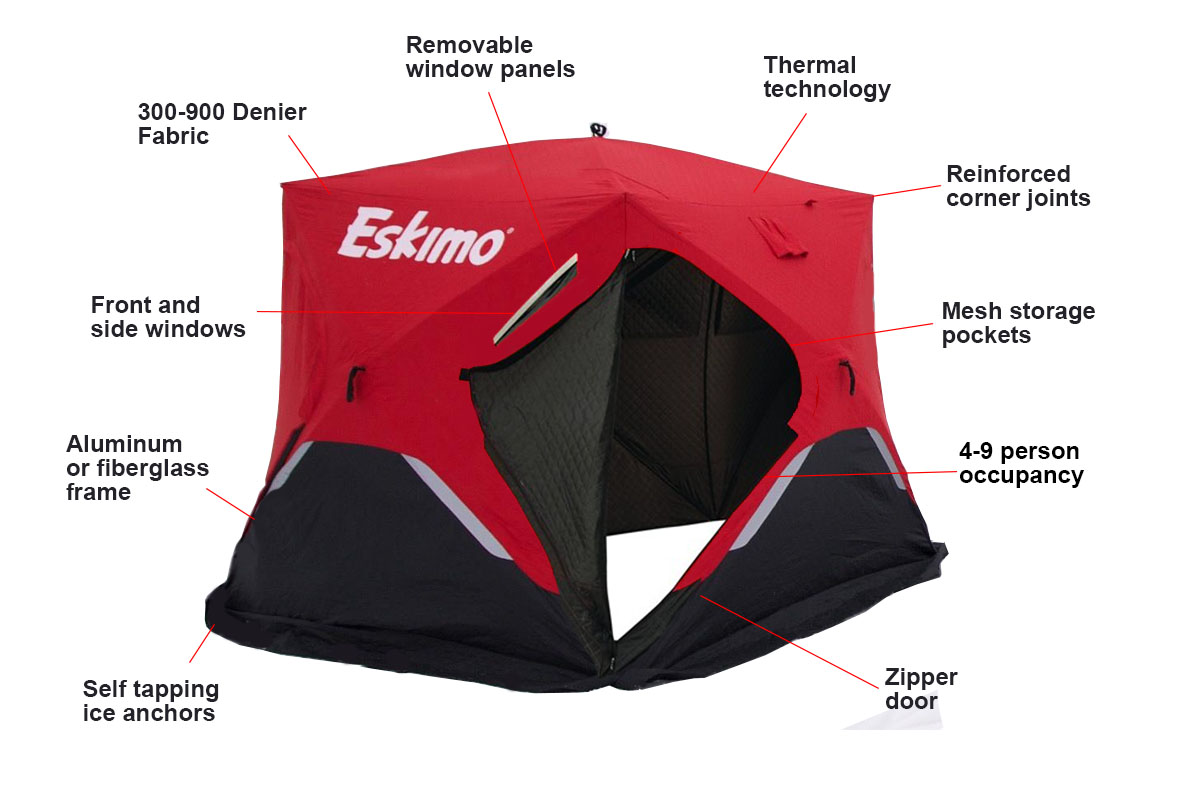
The downsides of a hub shelter are lack of mobility and time to setup—although new models can be assembled and tacken down much faster. Given it’s size, it also requires more effort to heat.
Flip-over vs Hub Shelter
At the end of the day, both flip-over and hub shelters are excellent choices. They’re just designed for different needs and purposes. The following comparison chart makes it a little easier to evaluate which option is best for you.
| Flip-over | Hub | |
|---|---|---|
| Size | 1-4 anglers | 4-8 anglers |
| Heating | Easy to heat | Requires more to heat |
| Setup/takedown | Quickly | Requires more time |
| Hauling gear | Hauls gear | Does not haul gear |
| Space | Limited space | Ample space for many |
| Anchored | Not required | Should be anchored |
| Mobility | Highly mobile | Not very mobile |
Sometimes the best choice is no choice at all. Why not get one of each? I have a pop-up (hub) and flip-over. When I know I’m going to be moving around on the ice I use the flip. When it’s time to fish with the family I’ll use the pop-up.
Waterproofing
You’re fishing on the ice, in the snow, during the middle of winter. You’d assume that waterproofing would be a given, but it isn’t. Not all ice shelters are waterproof, but there is reason behind the apparent madness. Ice shelters are typically made to be water resistant—not waterproof—to allow the fabric to breath. A shelter’s fabric is designed to allow moisture to escape. Alternatively, moisture will be trapped inside and collect until you end up with water droplets falling on your head.
Waterproofing has come a long way in the last few years and now you can find ultra high-tech shelters that are almost entirely waterproof but still provide ventilation to reduce moisture and prevent condensation. You can purchase an almost fully waterproof shelter for a bit of a premium, or you can treat your water resistant shelter to make it more waterproof. As with a camping tent, some ice shelters come with tarp like covers that can be used to create additional waterproofing when conditions are wet.
Price
They age old adage ‘you get what you pay for’ applies nicely to ice fishing shelters. A high quality shelter with a tight 900 denier fabric weave with 90 grams of insulation per square meter is going to cost you a premium over a 200 denier non-insulated shelter. Other factors including style and color will also factor in to what you pay for a shelter.
As a rule of thumb, the larger the tent the higher the price. The higher the denier count and insulation rating the higher the price. And of course whether you purchase a hub shelter vs a flip-over shelter will also impact the price. Historically, a flip-over was less expensive than a hub shelter. In recent years, as flip-overs have grown in size and features, the price disparity between the two shelters has closed.
You can pick up a 2-3 person no-name brand 300/600D insulated hub ice fishing shelter for less than $100 on Amazon. Just remember, these Amazon ‘specials’ are not made with the highest quality material and aren’t likely to last more than a season. An insulated hub or flip-over shelter with 600/800D fabric and 60-80 grams of insulation will cost between $400 and $1,000 depending on the size. Brands I recommend include Eskimo, Clam, Otter and Nordic Legend.


